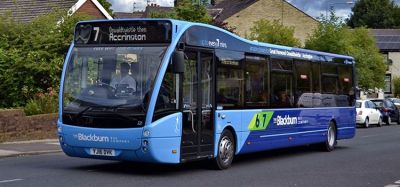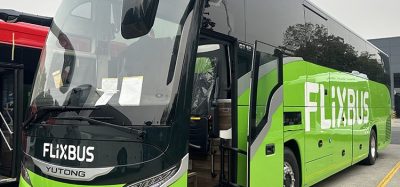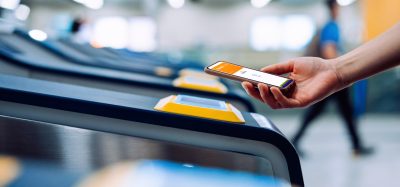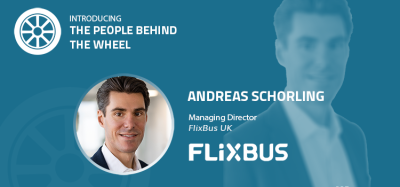Mayor of London announces ambitious plans to tackle poor air quality and carbon emissions
- Like
- Digg
- Del
- Tumblr
- VKontakte
- Buffer
- Love This
- Odnoklassniki
- Meneame
- Blogger
- Amazon
- Yahoo Mail
- Gmail
- AOL
- Newsvine
- HackerNews
- Evernote
- MySpace
- Mail.ru
- Viadeo
- Line
- Comments
- Yummly
- SMS
- Viber
- Telegram
- Subscribe
- Skype
- Facebook Messenger
- Kakao
- LiveJournal
- Yammer
- Edgar
- Fintel
- Mix
- Instapaper
- Copy Link
Posted: 19 January 2022 | Intelligent Transport | No comments yet
A new report commissioned by the Mayor of London, which is being called a stark wake-up call for the UK government, outlines the scale of the action required to move London towards a greener future.
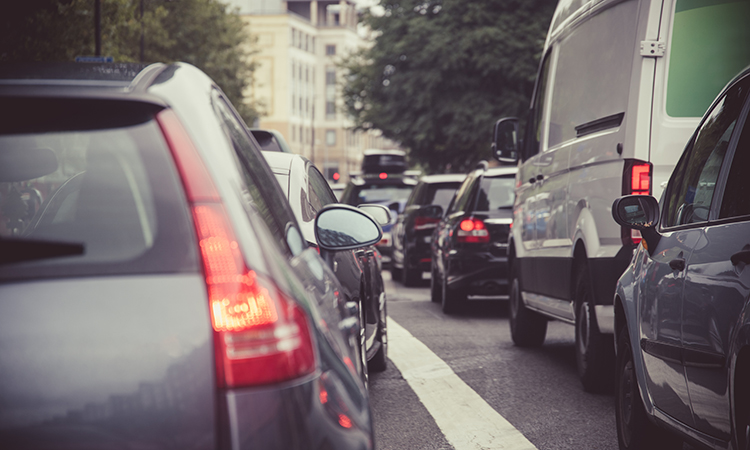

A new report published on 18 January 2021 by Element Energy, commissioned by the Mayor of London, Sadiq Khan, sets out the scale of the action required to move London towards a greener future and net-zero carbon emissions by 2030.
The new analysis shows that more action will be required by City Hall, particularly around reducing vehicle use in London, but that the Mayor does not have the funding or powers to deliver everything that’s required alone. Khan is calling the report a stark wake-up call for the UK government on the need to provide much greater support to help London to reach net-zero by 2030 and to help the UK to reach its national target, which was announced before COP26.
Combatting transport emissions in London
Between 2000 and 2018, London achieved a 57 per cent reduction in workplace greenhouse gas emissions and a 40 per cent reduction in emissions from homes, but just a seven per cent reduction in emissions from transport.
In order to reduce transport emissions by anywhere close to the amount that will be required to clean up London’s air, achieve net-zero by 2030 and cut congestion, the capital will have to see a significant shift away from petrol and diesel vehicle use and towards walking and cycling, greater public transport use and cleaner vehicles. At the moment, just two per cent of vehicles on the roads in London are electric.
The Mayor has already taken ground breaking action to tackle toxic air, carbon emissions and congestion in the capital by introducing and then expanding the Ultra Low Emission Zone (ULEZ) and tightening Low Emission Zone (LEZ) standards – which is expected to lead to a five per cent fall in CO2 emissions from cars and vans in the zone and a 30 per cent cut in toxic nitrogen oxide emissions from road transport. But the new report shows how much more action is required.
The cost of inaction
The Mayor has said that the cost of inaction – to the economy, livelihoods, the environment and the health of Londoners – would be far greater than the cost of taking the necessary action to transition to net-zero and reduce air pollution.
In 2021, London saw the impact of the climate emergency first-hand with soaring temperatures and flash floods in the capital. City Hall analysis has shown that, if extreme temperatures and flooding get worse, a quarter of London’s rail stations, one in five schools, nearly half of London’s hospitals and hundreds of thousands of homes and workplaces will be at risk of flooding in the future.
The capital has seen a shift to driving during the pandemic, with the cost of congestion rising to over £5 billion in 2021, leading to gridlocked roads and toxic air pollution. The number of miles being driven in the capital has increased in recent years, despite statistics showing that more than a third of car trips in London could be made in under 25 minutes by walking, and that two-thirds could be cycled in less than 20 minutes.
The toxic air pollution being caused by London traffic is leading to nearly 4,000 premature deaths a year and children growing up with stunted lungs. The action already committed by the Mayor will reduce the number of air quality-related hospital admissions by one million by 2050, helping to save the NHS and social care system approximately £5 billion. However, if no additional action is taken to reduce air pollution beyond the existing polices, around 550,000 Londoners would develop diseases attributable to air pollution over the next 30 years and the cumulative cost to the NHS and the social care system is estimated to be £10.4 billion.
The Mayor believes that this is also a matter of social justice – with air pollution hitting the poorest communities the hardest. Londoners on lower incomes are more likely to live in areas of the city most badly affected by air pollution and least likely to own a car. Nearly half of Londoners don’t own a car, but they are disproportionally feeling the damaging consequences that polluting vehicles are causing.
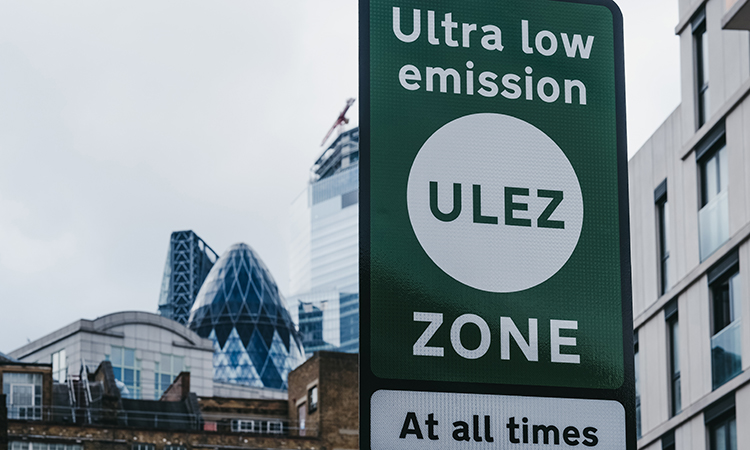

Potential sustainable initiatives
The report sets out that, to achieve anywhere near a 27 per cent reduction in car vehicle kilometres, London will need a new kind of road user charging system implemented by the end of the decade, at the very latest. Such a system could abolish all existing road user charges – such as the Congestion Charge and ULEZ – and replace them with a simple and fair scheme where drivers pay per mile, with different rates depending on how polluting vehicles are, the level of congestion in the area and access to public transport. Subject to consultation, it is likely that there would be exemptions and discounts for those on low incomes and with disabilities, as well as consideration around support for charities and small businesses.
The Mayor recognises that London could benefit from more sophisticated types of technology to introduce this kind of simple, fair road user charging scheme and has therefore asked Transport for London (TfL) to start exploring how it could be developed. However, it’s clear that the technology to implement such a scheme is still years away from being ready.
Given the urgency of the climate crisis and the damaging impact of toxic air pollution, the Mayor believes that bold action must be taken now. As a result, the Mayor has announced that he is considering a number of policies that could be ready within the next few years to encourage Londoners and those who drive within London to shift from polluting cars to electric vehicles, public transport and sustainable active travel, such as walking and cycling.
The potential approaches under consideration are:
- Extending the Ultra Low Emission Zone (ULEZ) even further to tackle more of the dirtiest vehicles: extending the current zone beyond the north and south circular roads to cover the whole of Greater London, using the current charge level and emissions standards
- Modifying the ULEZ to make it even more impactful in reducing emissions: building on the existing scheme by extending it to cover the whole of Greater London and adding a small clean air charge for all but the cleanest vehicles
- A small clean air charge: a low-level daily charge across all of Greater London for all but the cleanest vehicles to nudge behaviour and reduce the number of short journeys by car
- Introducing a Greater London boundary charge, which would charge a small fee to non-London registered vehicles entering Greater London, responding to the increase in cars from outside London travelling into the city seen in recent years.
The Mayor and TfL will now begin a period of consultation with Londoners, local government and businesses about the way forward to achieving the clean, green and healthy future that London and the world desperately needs.
All options under consideration would be subject to full equality impact assessments, with mitigations and exemptions put in place for Londoners on low incomes and with disabilities being a key focus of any scheme development. The Mayor is determined to deliver a just transition to net-zero in London by not only making sure that those on lower incomes are always protected, but by ensuring that the wider benefits of moving to a green economy – including more jobs, lower fuel bills and better health outcomes – are felt by everyone, particularly the poorest and most disadvantaged in London.
Subject to consultation and feasibility, the chosen scheme would be implemented by May 2024.
A statement from the Mayor of London
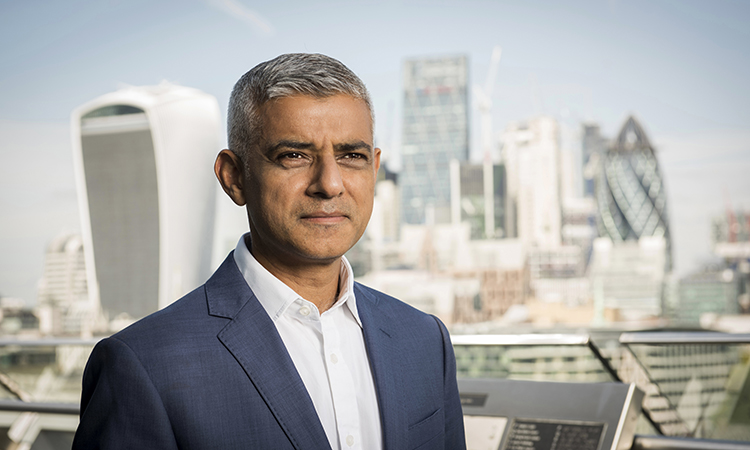

Credit: Greater London Authority
The Mayor of London, Sadiq Khan, said: “This new report must act as a stark wake-up call for the government on the need to provide much greater support to reduce carbon emissions in London. It’s clear that the scale of the challenge means that we can’t do everything alone.
“But I’m not willing to stand by and wait when there’s more that we can do in London that could make a big difference. We simply don’t have time to waste. The climate emergency means that we only have a small window of opportunity left to reduce carbon emissions to help to save the planet and, despite the world-leading progress that we have made over the last few years, there is still far too much toxic air pollution permanently damaging the lungs of young Londoners.
“This is also a matter of social justice – with air pollution hitting the poorest communities the hardest. Londoners on lower incomes are more likely to live in areas of the city most badly affected by air pollution and least likely to own a car. Nearly half of Londoners don’t own a car, but they are disproportionally feeling the damaging consequences polluting vehicles are causing.
“We have too often seen measures to tackle air pollution and the climate emergency delayed around the world because it’s viewed as being too hard or politically inconvenient, but I’m not willing to put off action that we have the ability to implement here in London. I’m determined that we continue to be doers, not delayers – not only to protect Londoners’ health right now, but for the sake of future generations to come.
“It’s clear that the cost of inaction – to our economy, to livelihoods, to the environment and to the health of Londoners – would be far greater than the cost of transitioning to net-zero and reducing toxic air pollution. That’s why I’m today beginning a conversation with Londoners, local government and businesses about the best way forward to create the green, sustainable city we all want to see.”
Related topics
Air Quality, Public Transport, Sustainable Urban Transport, Traffic Management, Transport Governance & Policy
Related cities
London
Related countries
United Kingdom
Related organisations
City Hall, Element Energy, NHS, Transport for London (TfL), UK Government
Related people
Sadiq Khan




